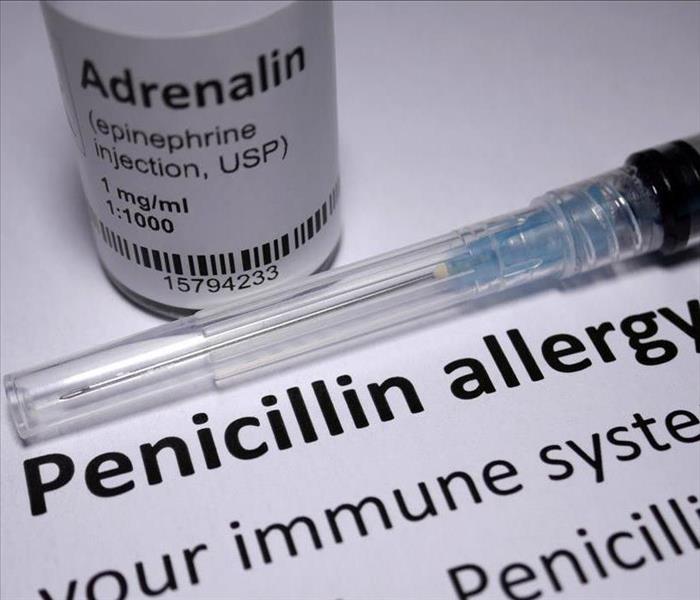What Kinds of Mold Damage Can Be In Your Dallas Homes?
6/28/2021 (Permalink)
SERVPRO Explains Different Types of Mold Damage
We're often telling our clients to avoid mold and mold damage, but we recently discovered that many people are unaware of the various kinds of mold that exist. You'd probably be surprised to learn that there are over 100 different types of mold that can grow in your home (and many only grow in particular situations). Our technicians are trained in the detection and verification of mold growth.
What Kinds of Mold Damage are Most Common?
You should not be surprised to know that mold damage in Dallas is pretty common. With rapid humidity, weather, and temperature shifts, a wide variety of mold can grow virtually anywhere. There are several species that you're more likely to see, however.
Alternaria
Alternaria spreads quickly from the outdoors and usually enters the house through poor ventilation or HVAC units. It also grows under sinks where the pipes leak, and it spreads quickly throughout a home.
Aureobasidium
If you see "pink" mold, it's usually Aureobasidium. It grows on virtually all surfaces, including wallpaper and painted surfaces.
Botrytis
Usually found in bathrooms without ventilation, Botrytis requires a lot of moisture and humidity.
Chaetomium
Commonly found on drywall, Chaetomium has a decidedly musty smell.
Cladosporium
This mold can grow in colder temperatures and often prefers fabrics, carpets, and wood surfaces.
This type of mold grows anywhere that may have been damaged by water (especially carpets, wallpaper, or mattresses). It's usually blue or green. We all know the petri dish story.
Stachybotrys chartarum
Traditionally called "black mold," this nasty, slimy mold grows anywhere it's damp (and stays damp). Stachybotrys has a particularly musty odor that makes it easy to identify. It has undeservedly earned a reputation as a health hazard.
Serpula lacrymans
Usually, if your wood is rotting out, it's because of Serpula lacrymans. It's yellow in color.
Trichoderma
This hardy variety of mold grows on carpets, wallpapers, and wet surfaces. It produces similar toxins to black mold, which is why Trichoderma is taken very seriously.
Ulocladium
These types of fungi rely on water to grow, so it's usually found in flooded homes. It's usually found on the walls.
Efflorescence
This is NOT mold, but is caused generally because of excess salt deposits (because of rock salt or other surface coatings), and is often called white mold.
Why SERVPRO for Mold Damage?
Our SERVPRO professionals handle virtually any mold, keeping you and your family's health as our top priority. We have the equipment to handle the mold infestation safely and effectively, no matter what species of mold it may be. Give SERVPRO of Northwest Dallas County a call at (214) 361-7887 when you see or smell mold.





 24/7 Emergency Service
24/7 Emergency Service